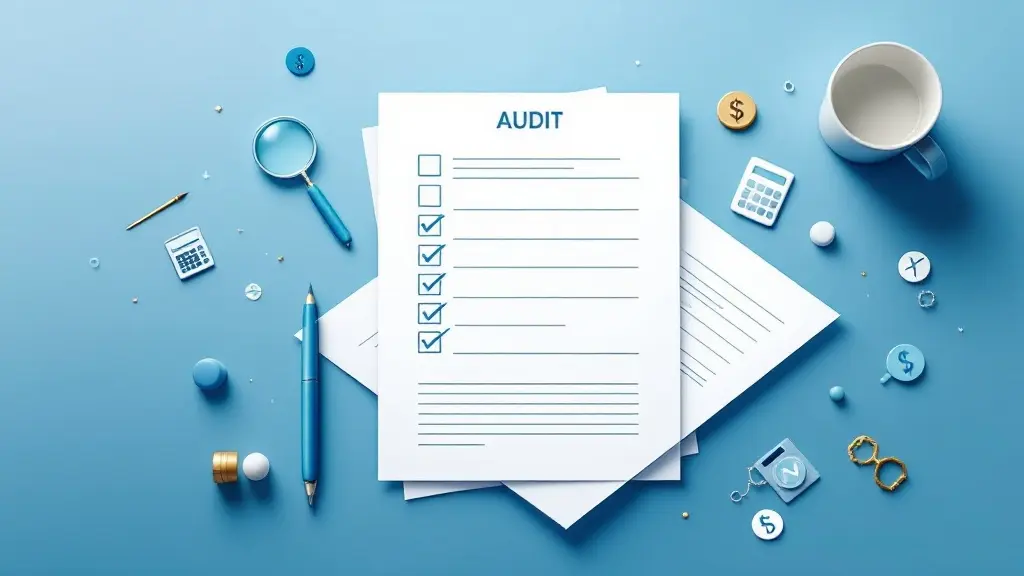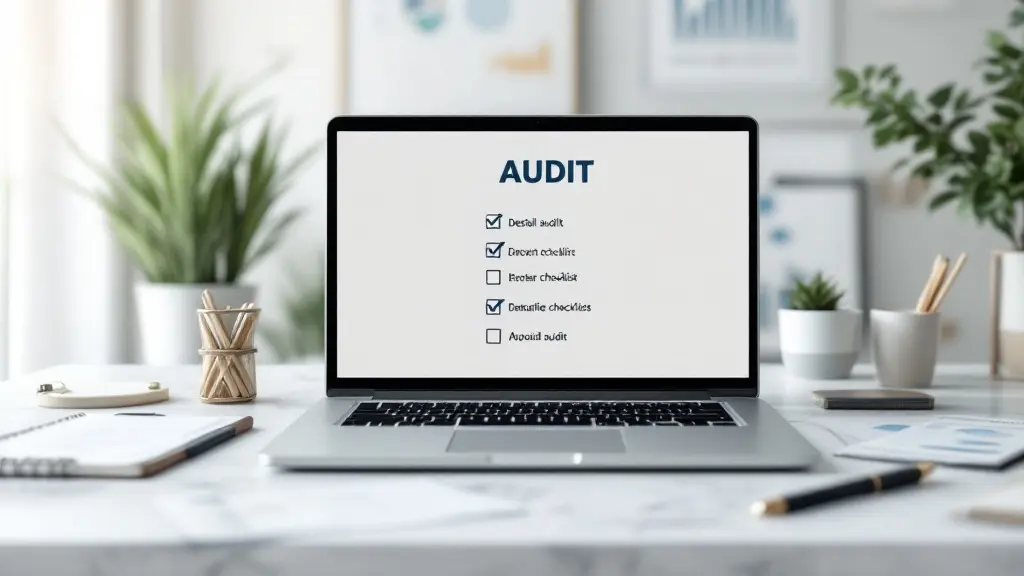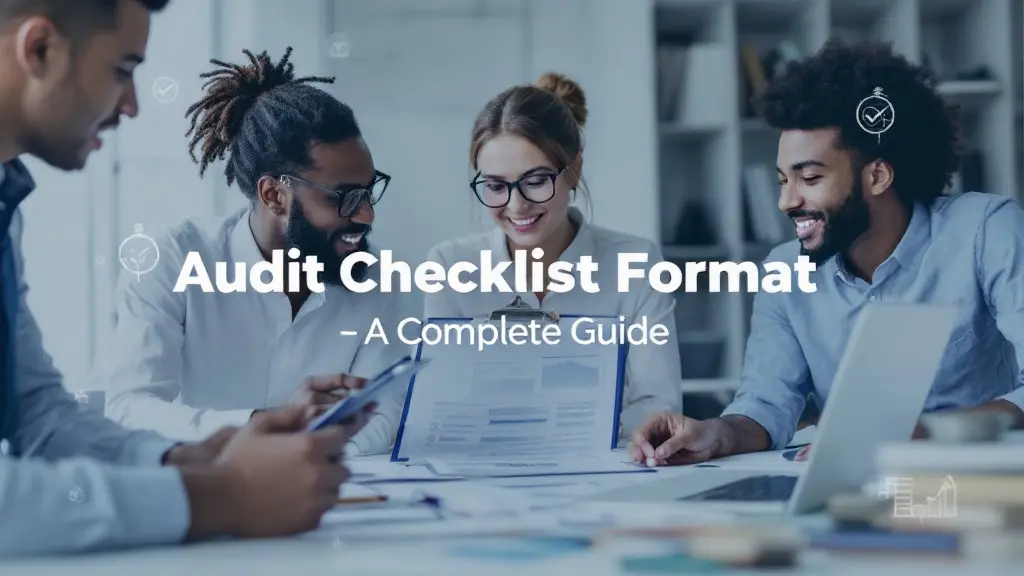Accounts Chapter 1: Introduction to Accounting (Class 11) – A Complete Guide
Table of Contents
Most Read
Introduction
[fusion_dropcap class="fusion-content-tb-dropcap"]W[/fusion_dropcap]hen students begin their journey in commerce, the first chapter they encounter in their Class 11 Accounting textbook is crucial. This chapter forms the foundation of the entire accounting course. Whether you’re a student gearing up for exams or someone looking to understand the basics of accounting, this guide will walk you through the key concepts, definitions, and principles laid out in Chapter 1 of Class 11 Accounts. By the end, you’ll have a solid grasp of the subject, making the rest of the accounting syllabus much easier to tackle.
Why is Accounting Important for Class 11 Students?
Accounting is the language of business. It helps in tracking financial transactions, preparing reports, and making informed decisions. For Class 11 students, understanding the basics of accounting is essential as it lays the groundwork for advanced concepts in Class 12 and future professional courses like CA (Chartered Accountancy), CMA (Cost Management Accounting), and CS (Company Secretary).
Now, let’s dive into the first chapter!
What is Accounting?
In simple terms, accounting is the process of recording, summarizing, analyzing, and reporting financial transactions of a business. It is essential for businesses of all sizes to maintain accurate financial records to understand their financial health, make informed decisions, and comply with legal requirements.
Accounting involves:
- Recording transactions in books of accounts.
- Classifying and summarizing financial data.
- Analyzing and interpreting financial results.
- Reporting financial data to stakeholders (investors, management, tax authorities, etc.).
Basic Accounting Terminologies
Before we dive deeper into accounting principles, it’s important to familiarize ourselves with some basic terms that form the foundation of this subject.
1. Account
An account is a record that tracks the financial position of an individual or an entity in relation to specific items. In accounting, accounts are classified into various types, such as:
- Personal Account: Refers to individuals, firms, or companies (e.g., creditors, debtors).
- Real Account: Refers to assets, both tangible and intangible (e.g., cash, land, goodwill).
- Nominal Account: Deals with expenses, losses, income, and gains (e.g., rent, salaries, interest earned).
2. Transaction
A transaction is an economic event that has a financial impact on a business. It could involve buying or selling goods, receiving or making payments, etc. Each transaction needs to be recorded accurately to maintain the integrity of financial records.
3. Ledger
The ledger is the complete set of accounts that a business maintains. It contains all the financial transactions of a business, classified into different accounts. The ledger is divided into:
- General Ledger: Main ledger containing all account types.
- Subsidiary Ledger: Contains detailed records of specific types of accounts like accounts payable or accounts receivable.
Accounting Principles
In accounting, there are certain universally accepted principles that guide the preparation and presentation of financial statements. These principles are critical for ensuring consistency, accuracy, and transparency in financial reporting. Some of the key accounting principles include:
1. The Entity Concept
The Entity Concept states that the business is a separate entity from its owners. All financial transactions of the business must be recorded in the books of accounts, and personal expenses of the owner should not be mixed with the business finances.
2. The Going Concern Concept
According to the Going Concern Concept, a business is assumed to continue its operations for the foreseeable future. This principle is important for valuing assets and liabilities because it assumes that the business will not shut down in the short term.
3. The Cost Concept
The Cost Concept mandates that assets should be recorded at their actual cost, i.e., the price paid to acquire them. This principle helps maintain objectivity and consistency in financial reporting.
4. The Matching Concept
The Matching Concept focuses on matching revenues with expenses. It ensures that expenses incurred in earning revenue are deducted in the same period in which the revenue is recognized, ensuring accurate profit measurement.
Types of Accounts
In accounting, accounts are classified into three broad categories, and each category has specific rules for recording transactions. These accounts are:
1. Personal Accounts
Personal accounts refer to accounts that are related to individuals, firms, or organizations. For example, the Accounts Receivable account tracks the money owed to a business by its customers, while the Accounts Payable account tracks the money a business owes to suppliers.
2. Real Accounts
Real accounts refer to the accounts of assets, whether tangible (like machinery or land) or intangible (like goodwill or patents). A business must maintain real accounts to understand its resources and evaluate its financial stability.
3. Nominal Accounts
Nominal accounts record transactions that involve income, expenses, gains, and losses. Examples include accounts like Sales Revenue, Salary Expense, and Interest Earned. These accounts are temporary in nature and are closed at the end of an accounting period.
The Golden Rules of Accounting
The golden rules of accounting provide a framework for recording financial transactions. These rules are based on the modern approach of double-entry bookkeeping, which states that every transaction affects at least two accounts.
The three golden rules are:
1. Debit the Receiver, Credit the Giver (Personal Account)
This rule applies when money is received by the business or an individual. For example, if a business receives cash from a customer, the customer’s account is debited, and the cash account is credited.
2. Debit What Comes In, Credit What Goes Out (Real Account)
This rule applies to tangible and intangible assets. For instance, if a business purchases machinery, the machinery account is debited (because it’s coming in), and the cash account is credited (because it’s going out).
3. Debit All Expenses and Losses, Credit All Incomes and Gains (Nominal Account)
This rule applies to income and expenses. If a business incurs an expense, the expense account is debited, and if a business earns revenue, the revenue account is credited.
Financial Statements
At the end of an accounting period, businesses need to prepare financial statements that summarize the financial performance and position of the company. These include:
1. Income Statement (Profit & Loss Statement)
The Income Statement provides a summary of revenues and expenses incurred by the business over a specific period. It helps in determining the profitability of the business.
2. Balance Sheet
The Balance Sheet provides a snapshot of a company’s financial position at a specific point in time. It lists all the assets, liabilities, and owner’s equity of the business.
Conclusion
Chapter 1 of Class 11 Accounts is foundational for anyone pursuing commerce. By understanding key concepts such as accounting definitions, types of accounts, and the golden rules of accounting, you are setting the stage for a deeper understanding of more advanced topics in future chapters.
Whether you’re just beginning or reinforcing your understanding, taking the time to master the concepts in this chapter will pay off in the long run. With consistent practice and application, accounting will become second nature, providing you with valuable skills for your academic journey and beyond.
There are three types of accounts:
- Personal Accounts: Related to individuals, companies, or organizations.
- Real Accounts: Related to assets (both tangible and intangible).
- Nominal Accounts: Related to income, expenses, gains, and losses.
This blog post covers the basics of Class 11 Accounts Chapter 1, helping students build a solid foundation in accounting. Don’t forget to practice frequently and revisit these concepts to deepen your understanding. Happy learning!
This structure ensures the content is both engaging and informative, providing a comprehensive introduction to Chapter 1 of Class 11 Accounting.









